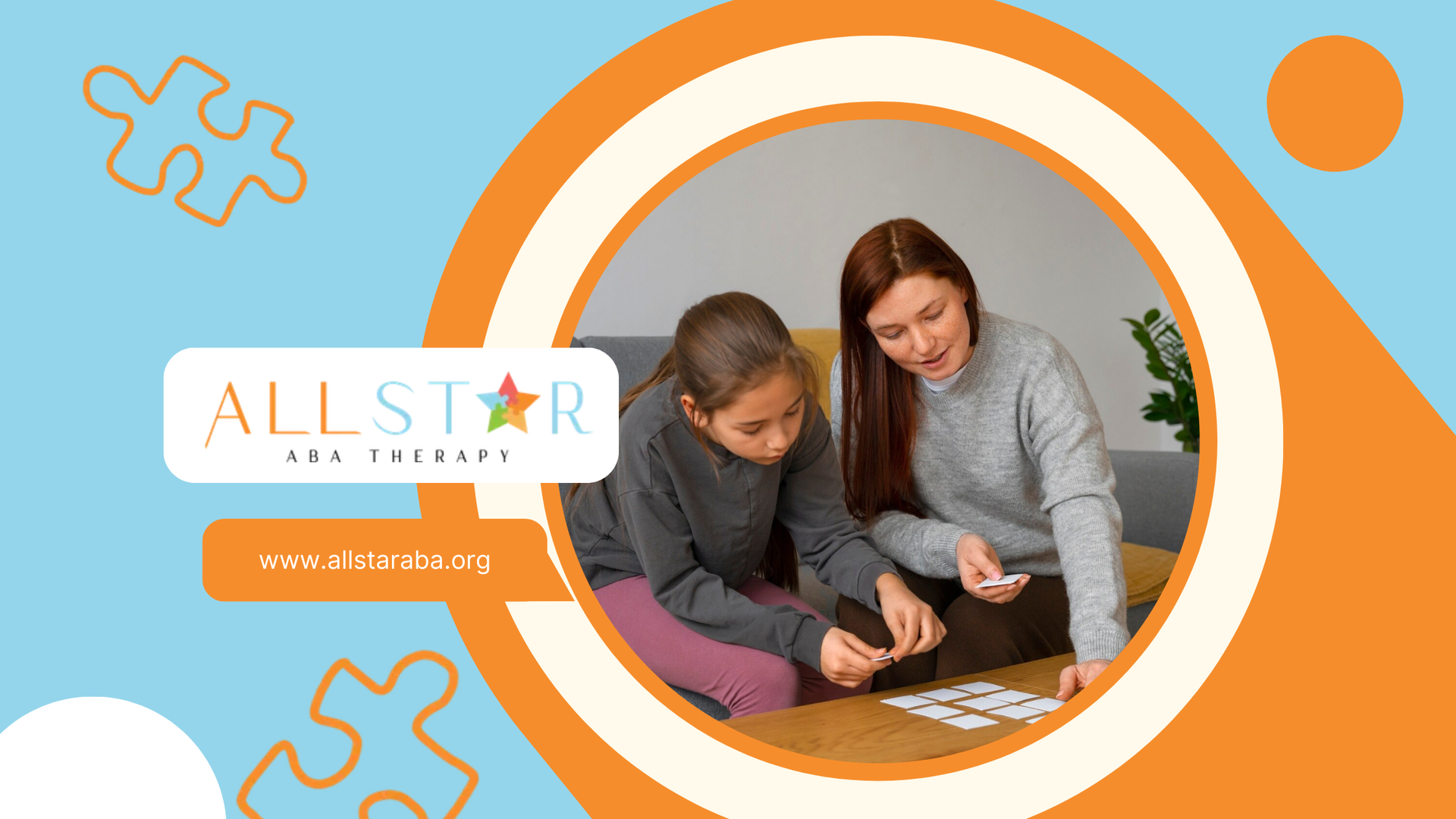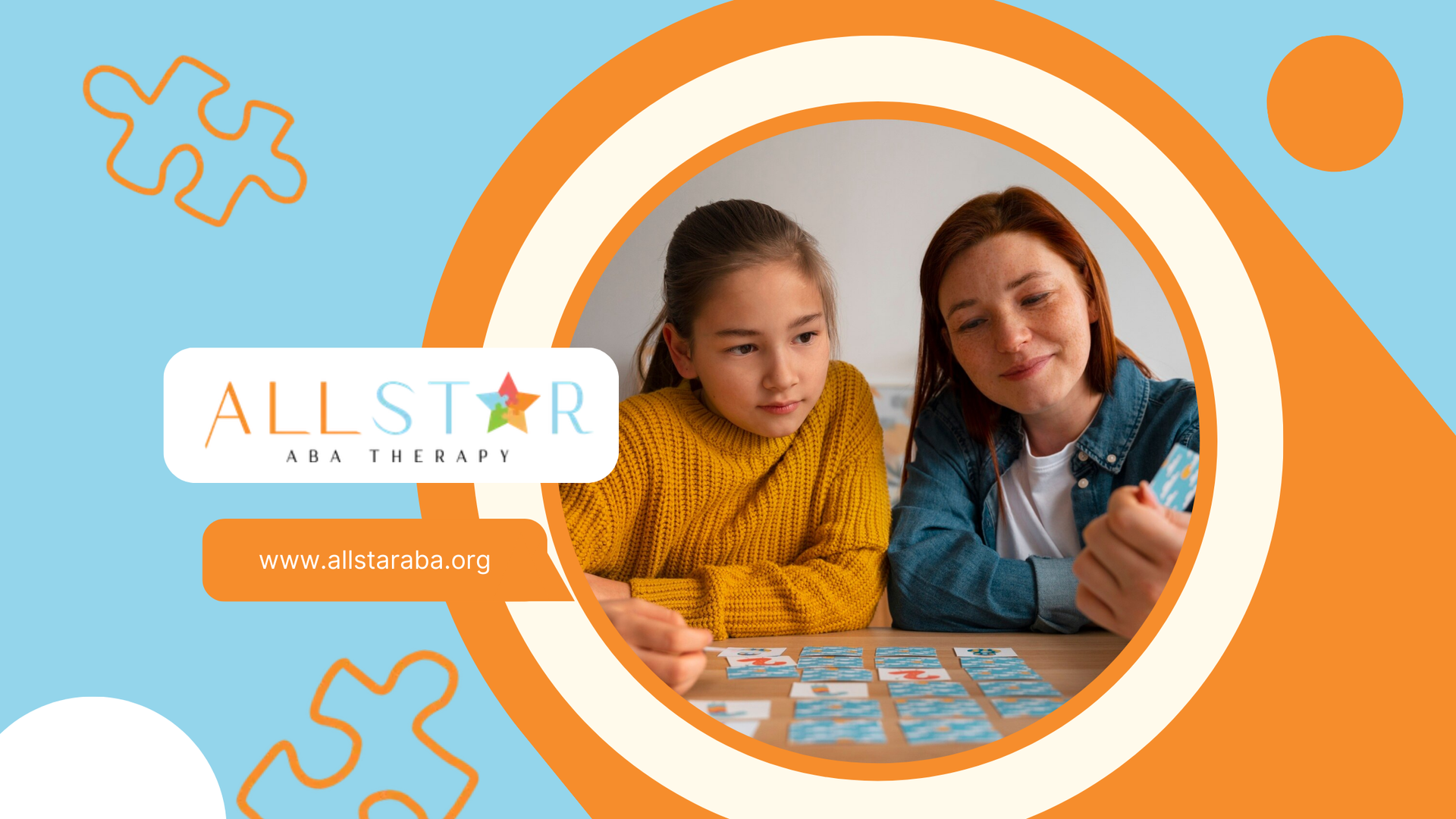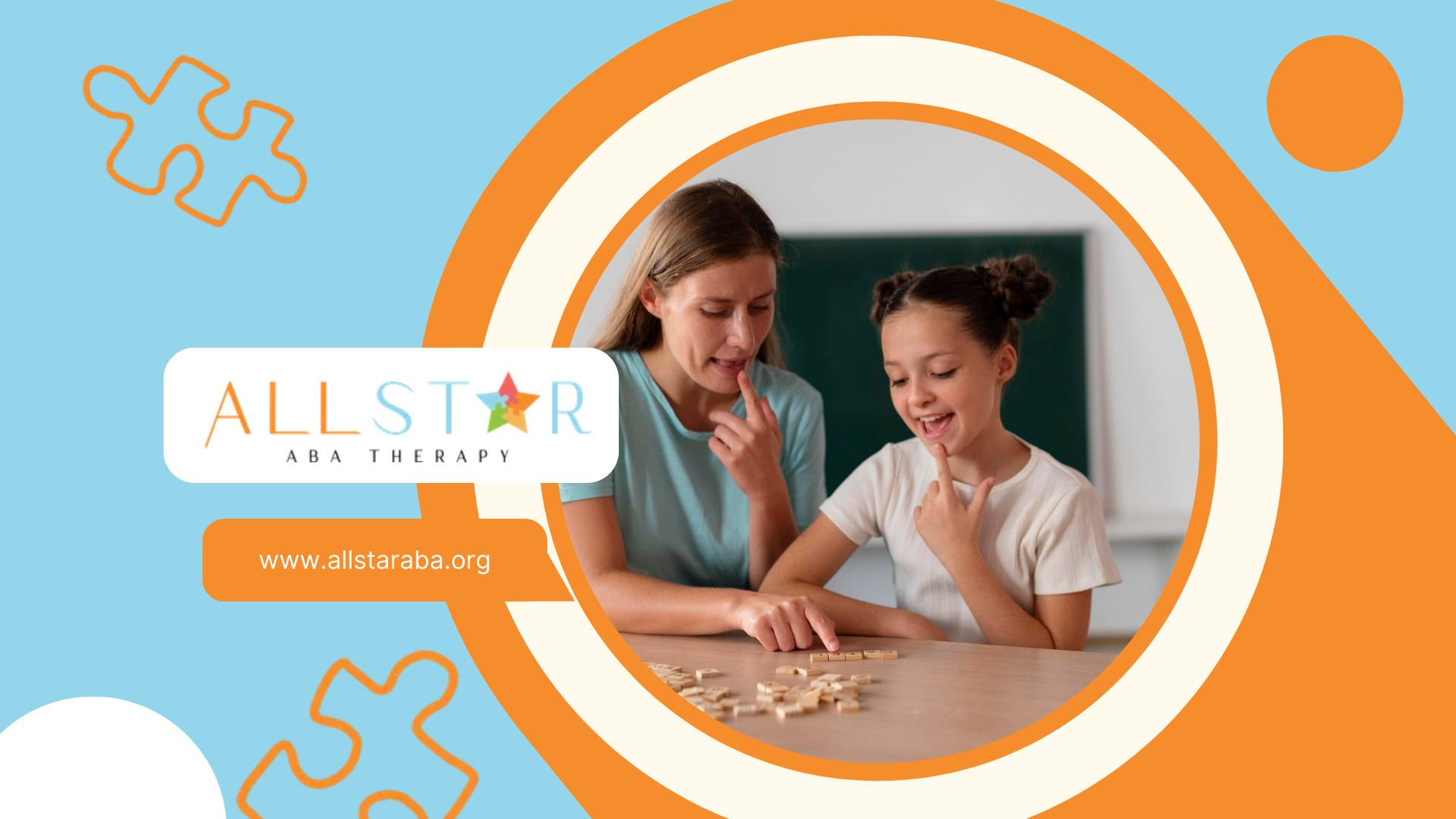New Paragraph
Autistic Child Bolting: Causes and Prevention Methods
Bolting, also known as elopement or wandering, is a serious concern for parents and caregivers of children with autism spectrum disorder (ASD). This behavior involves a child suddenly running away from a safe environment, often with little to no warning. Such incidents can stem from a variety of reasons, including sensory overload, a desire to explore unfamiliar surroundings, or a lack of awareness about potential dangers. This blog post aims to shed light on the issue of bolting in autistic children, discussing its potential causes and practical prevention methods to ensure the safety and well-being of these individuals. Equipping children with essential safety skills forms a crucial part of minimizing the risks associated with bolting.
Understanding Autistic Child Bolting Behavior
For many parents and caregivers, comprehending why a child with autism might bolt can be perplexing. It is crucial to remember that this behavior is not an act of defiance but often a way for the child to cope with overwhelming situations or communicate unmet needs. Sensory sensitivities, a common characteristic of ASD, can play a significant role in triggering bolting behavior.
For instance, a child might bolt due to sensory overload in a crowded, noisy environment or to escape an uncomfortable sensation like an itchy tag on their clothing. Recognizing the connection between sensory sensitivities and bolting is essential for parents to effectively address this behavior and create a safer, more supportive environment.
Identifying the Signs of Bolting in Children with Autism
Recognizing the signs of bolting in children with autism requires keen observation and an understanding of their typical behaviors and triggers. Being aware of these signs can help parents and caregivers take proactive steps to minimize potential risks. While each child is unique, some common indicators include increased agitation or restlessness, attempts to move towards exits, fixation on specific objects or destinations, and difficulty transitioning between activities.
Children on the autism spectrum often experience challenges with impulse control, making it difficult for them to resist the urge to bolt when triggered. It is crucial to remember that bolting is not a deliberate act of defiance but rather a response to overwhelming sensory input or a desire to escape uncomfortable situations. Understanding the interplay between impulse control issues and bolting can guide parents in implementing appropriate intervention strategies.
By proactively identifying these signs, parents and caregivers can implement appropriate strategies to create a safer environment and minimize potential bolting incidents.
Common Causes Behind the Tendency to Bolt
Understanding why an autistic child might bolt is the first step towards prevention. Sensory overload is a significant contributing factor. Children with autism may be hypersensitive to sights, sounds, smells, or textures. Crowded places, loud noises, or bright lights can be overwhelming, prompting them to run away to escape the sensory overload.
Another common cause is fascination. Autistic children may have intense interests and be drawn to specific objects or environments, like a parking lot full of pigeons or a water fountain. Their fascination can override their safety awareness, leading them toward potentially dangerous places.
Additionally, a lack of awareness about potential dangers can also contribute to bolting. Unlike neurotypical children who understand the concept of "stranger danger" or the risks associated with roads and traffic, autistic children may not grasp these dangers, making them more susceptible to wandering off.
Strategies for Preventing Bolting Incidents
Preventing bolting incidents requires a multi-faceted approach that combines environmental modifications, behavioral strategies, and open communication with caregivers and educators. Building a supportive and understanding network around the child is vital to ensure their safety and well-being.
Parents and caregivers can begin by identifying and minimizing potential triggers, like loud noises or crowded spaces, that might lead to sensory overload. Creating predictable routines and preparing the child for transitions can also reduce anxiety and prevent meltdowns that might trigger bolting.
Creating a Predictable Environment for Your Child
For children with autism spectrum disorder (ASD), a predictable and structured environment can significantly reduce anxiety, making them feel safer and more secure. This sense of predictability is crucial in preventing bolting incidents, as unexpected changes or overwhelming sensory stimuli can trigger this behavior. Parents and caregivers can create such an environment by establishing and maintaining consistent daily routines.
Visual schedules are also incredibly beneficial, as they provide a clear visual representation of the day's events, reducing uncertainty and anxiety. This predictability allows the child to anticipate transitions and prepare for upcoming events, minimizing the chances of feeling overwhelmed.
Furthermore, identifying and minimizing sensory triggers within the home is essential. This could involve creating a designated "quiet zone" with soft lighting, noise-canceling headphones, or calming sensory toys.
Teaching Safety Skills to Children with Autism
Teaching essential safety skills like identifying safe people to approach for help, memorizing phone numbers, and understanding basic traffic rules are vital for all children, particularly those with autism who are prone to bolting. ABA therapy, with its focus on positive reinforcement and individualized learning, can be instrumental in teaching these skills.
Therapists can use visual aids, social stories, and role-playing scenarios to make learning both engaging and effective. For instance, they can create a social story explaining what to do if the child gets separated from their caregiver in a public place.
Furthermore, strengthening communication skills is paramount. Teaching the child to express their needs and wants through words or alternative communication methods can help prevent instances where they might resort to bolting to communicate discomfort or frustration.
Intervention Techniques to Discourage Bolting
While creating a supportive environment and teaching safety skills are crucial for prevention, it's equally important to understand how to best respond when a bolting incident occurs. The immediate reaction of parents or caregivers can greatly influence the child's behavior.
It's essential to remain calm and avoid chasing or shouting, as this can escalate the situation and make the child even more anxious. Instead, calmly approaching the child while speaking in a soothing and reassuring voice can help de-escalate the situation and make them feel safe.
Positive Reinforcement and Its Impact
Positive reinforcement is a cornerstone of Applied Behavior Analysis (ABA) and serves as a powerful tool for shaping desired behaviors in children with autism, including discouraging bolting. This approach emphasizes rewarding positive behaviors, such as staying close to caregivers, following safety rules, and communicating their need to leave a situation instead of running away.
When these desired behaviors are consistently rewarded with praise, small toys, or other forms of positive reinforcement, children are more likely to repeat them. This strategy is far more effective than punishment, which can increase anxiety and trigger further behavioral issues.
Parents and caregivers can implement positive reinforcement by acknowledging and praising even small steps towards the desired behavior. For instance, if the child walks calmly to the car instead of running ahead, offering immediate praise and a small reward can reinforce this positive action.
Role of Supervision and Boundaries in Preventing Bolting
Maintaining constant supervision, especially in unfamiliar or stimulating environments, is non-negotiable when caring for an autistic child prone to bolting. This doesn't imply constant hovering but rather being vigilant and aware of the child's whereabouts and emotional state.
Establishing clear boundaries and designated safe zones within the home and other familiar environments can provide children with a sense of security and understanding of acceptable limits. This can be as simple as clearly marking off-limit areas or designating specific rooms for specific activities.
However, it's equally important to remember that supervision shouldn't equate to restriction. Allow children to explore their environment and engage in activities they enjoy, but do so while being mindful of potential triggers and proactively intervening when necessary.
Technological Aids for Monitoring and Prevention
Thankfully, we live in an age where technology can provide an extra layer of safety and peace of mind for parents and caregivers. GPS tracking devices and identification wearables have become increasingly popular tools for monitoring the whereabouts of autistic children prone to bolting.
These devices can be invaluable in quickly locating a child who has wandered off, potentially preventing a stressful and potentially dangerous situation from escalating.
Utilizing GPS Tracking Devices for Safety
GPS tracking devices have emerged as a vital tool for parents and caregivers of autistic children who have a history of wandering or bolting. These devices, often worn as wristwatches or discreetly attached to clothing, utilize GPS technology to provide real-time location information. For families living with the constant worry of their child wandering off, GPS tracking devices offer a significant level of peace of mind.
Knowing that they can quickly and accurately locate their child should they bolt provides invaluable reassurance. These devices can be particularly helpful for children who are drawn to specific locations, such as bodies of water or busy roads, as they allow parents to set up geo-fenced zones and receive alerts if the child crosses those boundaries.
However, it's essential to remember that while GPS tracking devices are helpful tools, they shouldn't replace vigilant supervision and proactive safety measures.
Benefits of Identification Wearables for Autistic Children
Identification wearables are crucial safety tools for children on the autism spectrum who may have difficulty communicating their personal information or seeking help if they become lost. These wearable IDs, available in various forms like bracelets, necklaces, or shoe tags, typically contain essential details such as the child's name, a parent or caregiver's contact number, and a brief message indicating the child has autism.
In a situation where a child wanders off, these wearables can be crucial in reuniting them with their families quickly and safely. It's important to note that including a phone number on the ID is often more helpful than just a name, as it enables immediate contact and minimizes the time the child spends lost and potentially vulnerable.
Furthermore, these wearables can be particularly vital for non-verbal children or those who may struggle to communicate their needs effectively, as they provide a quick and reliable way for others to identify and assist them.
Environmental Modifications to Ensure Safety
Creating a safe home environment is paramount when you have a child with autism who is prone to bolting. Simple modifications can make a big difference. Securing doors and windows with childproof locks, installing alarms that alert you to open doors, and even placing stop signs by exits can deter a child from running outside unsupervised.
Beyond the home, it's equally important to create safe spaces in other environments the child frequents. If the child attends school, speak to the teachers and staff about implementing safety protocols, like assigned buddies for recess or visual cues on doors and exits.
Securing the Home to Prevent Unsupervised Departures
When a child with autism is prone to elopement, taking proactive steps to secure the home environment is essential for their safety. Start by focusing on entry and exit points. Install childproof locks high on doors, out of reach, even for children who can reach standard doorknobs. Consider adding additional locks or a chain lock to the front door, making it more challenging for a child to open.
Windows pose another potential escape route. Install window guards or stops that prevent windows from opening fully, ensuring the child cannot slip through while still allowing for ventilation. Additionally, make sure any gates or fences surrounding your property are secure and difficult to climb or open.
Remember that even with these measures, constant vigilance and supervision are crucial. Never underestimate a child's determination and resourcefulness when it comes to finding ways to explore their surroundings.
School and Community Safety Measures
Creating a safe and supportive environment for an autistic child extends beyond the home. Schools and community spaces where the child spends time must also implement appropriate safety measures. Collaborate with the school administration and teachers to develop a tailored safety plan for your child. This could involve notifying school staff about your child's tendency to wander, providing clear photographs for identification, and establishing procedures for monitoring the child during transitions or outdoor activities.
Engaging with your local community is another crucial aspect of ensuring safety. Inform your neighbors, local businesses, and, most importantly, the local police station about your child's autism and their tendency for bolting. Provide them with clear photographs and helpful information, such as familiar places your child might gravitate towards.
Community awareness and understanding can make a significant difference in quickly locating and safely returning a child who has wandered off.
Emergency Preparedness for Bolting Situations
Despite the best preventive measures, preparing for a potential bolting incident is crucial. Having an emergency plan in place can help minimize stress and ensure a swift and effective response. Start by compiling essential information, including recent photos of your child, their full name, age, and any distinctive features.
Keep this information readily accessible on your phone or in a designated folder. Practice different scenarios with your child, such as what to do if they become separated from you in a store or park.
Crafting a Response Plan for When a Child Bolts
Creating a well-defined response plan is essential in mitigating the risks associated with bolting behavior. The plan should be comprehensive and readily accessible to all caregivers. A crucial first step is to notify your designated emergency contacts, including family members, close friends, or neighbors, who can assist in the search.
Immediately contact the local police and provide them with accurate details about your child, including their last known location, a recent photograph, and any specific behaviors or routines they might exhibit. Time is of the essence in these situations, and prompt communication with authorities can significantly increase the chances of a safe return.
Remember to remain calm and focused, as panic can hinder effective decision-making.
Importance of Communication with Local Authorities and Community
Building a network of support within your community can be invaluable in preventing bolting incidents and ensuring the safe return of your child. Openly communicate with your neighbors, local businesses you frequent, and, most importantly, the local police.
Share information about your child's autism, their tendency to bolt, and provide clear photographs for identification. Building familiarity within your community creates a safety net and encourages prompt action should your child wander off.
Consider creating a simple information sheet to share with key community members. This can be particularly helpful for children who are non-verbal or might struggle to communicate their needs effectively.
| Information | Details |
|---|---|
| Child's Name | |
| Age | |
| Distinctive Features | |
| Diagnosis | Autism |
| Tendency to Bolt | Yes |
| Places of Interest | |
| Emergency Contact 1 | |
| Emergency Contact 2 |
Conclusion
In conclusion, when addressing autistic child bolting, a structured
autism treatment therapy plan can be crucial in improving safety and independence. Through personalized interventions, children can learn essential coping skills and response strategies to reduce wandering behaviors. Seeking professional guidance can help families create a secure environment while fostering confidence and self-regulation.
At
All Star ABA, we understand the unique challenges families face when dealing with autistic child bolting. Our expert therapists use proven strategies to enhance safety, improve communication, and teach essential skills that reduce wandering behaviors. Through personalized ABA therapy, we empower children to navigate their environments confidently while giving parents peace of mind. If you're seeking compassionate, results-driven support,
reach out to All Star ABA today and let us help your child thrive in a secure and structured way.
Frequently Asked Questions
How can I teach my autistic child about safety without frightening them?
Teaching safety skills to children on the autism spectrum is best approached with patience and positivity. ABA therapy can be instrumental in breaking down safety skills into small, manageable steps and using visual aids, social stories, and role-playing to make learning fun and engaging while keeping the child safe.
What are the first steps if my child bolts in a public place?
If a child with autism spectrum disorder bolts in a public place, the first step is to alert any security personnel or staff members who can assist in the search. Immediately contact the local police and provide them with a clear description of the child and their last known location.
Can therapy help with bolting behavior in autistic children?
Yes, ABA therapy can be highly effective in addressing bolting behavior. Through various behavioral intervention strategies, therapists can help children with autism develop improved impulse control, learn appropriate ways to communicate their needs, and understand safety boundaries.
Need Support?
We're Here to Help!
Our experienced team is ready to assist you. Reach out today to discuss how we can support your child's development and well-being.
Get started with expert ABA therapy today.








